By Christopher Miskimon
On Thanksgiving Day 2009, a convoy of three mine-resistant ambush-protected (MRAP) vehicles left the south gate of Camp Ramadi, Iraq, and began the roughly three-mile journey to the Provincial Government Building. As they traveled along a downtown street, a young Arab man standing on the roadside suddenly threw an RKG-3 antitank grenade at the lead truck.
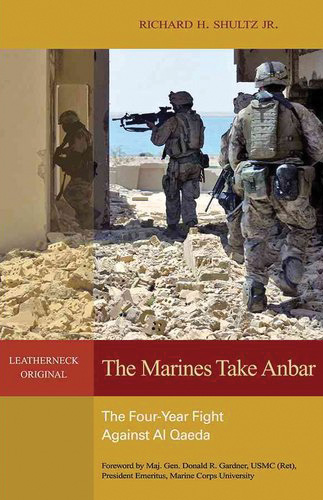
The machine gunner in the vehicle’s turret ducked as the grenade struck the right front end of the crew compartment. The explosion shattered the outer layer of the MRAP’s armored glass; a tiny fragment lodged in the machine gunner’s helmet strap, but he was otherwise unharmed. Quickly remanning his weapon, the gunner saw his attacker turn and flee, ducking into a crowd of nearby civilians. He made a snap decision to hold his fire; the risk to the civilians was too great. The convoy continued on its mission. The Iraqi was captured by the crowd he ducked into, angry at the way he had placed them at risk. The American machine gunner would later testify against the insurgent in an Iraqi court. By 2009, such an attack happened perhaps once a month rather than the hundreds of attacks per month just a few years earlier. A functional Iraqi justice system had likewise been a dream not long before.
From 2004 through 2006, Iraq’s Anbar Province was one of the most dangerous places in the world. Two of its cities, Fallujah and Ramadi, earned the grim sobriquet “deadliest city on Earth” at different times. American Marines and soldiers fought desperate battles in those cities, and official reports claimed the battle for Anbar was a lost cause. Within a year the situation had dramatically turned around until combat in these places became a rare occurrence. The Marines Take Anbar: The Four-Year Fight against Al-Qaeda (Richard M. Schultz Jr., Naval Institute Press, Annapolis, MD, 2013, 292 pp., maps, photographs, notes, bibliography, index, $39.95, hardcover) tells the story of how Iraq’s lost province became one of its most secure.
When the Marines arrived in Anbar in early 2004, an insurgency was rapidly growing. Anbar’s citizens are overwhelmingly Sunni Muslims. With the downfall of Saddam Hussein’s regime, Shia Muslims became more prominent and the people of Anbar feared for their future. Mistakes made by the American authorities only made the problem worse. Before long war took hold as tribal fighters resisted the American presence and Al-Qaeda operatives moved in to use them as pawns in their own schemes to expand the global jihad.
A series of mistakes and miscalculations plagued the Marines at the start. The Americans believed they were deploying to carry out “stability operations,” a euphemism for reconstruction and humanitarian aid aimed at getting the Iraqi government working again. Instead, they found themselves fighting a full-blown insurgency. At higher levels, U.S. government officials were slow to recognize the threat and resisted engaging with the traditional tribes of the region, whose sheikhs represented the true ruling authority.
On the ground, this meant the Marines and attached soldiers faced hard fighting. The enemy used improvised explosive devices, mortars, and rockets to launch ambushes. With the locals unwilling to work with the Americans, the situation rapidly deteriorated. By 2006, one Marine intelligence report even declared the war in Anbar lost. The report was later obtained by the press, gaining widespread media attention. It seemed all was lost in the Sunni stronghold of Anbar.
The Americans were not ready to give up yet, though. They were starting to understand the situation and what was needed. In addition, Al-Qaeda’s brutal and fanatical tactics began taking a toll on Sunni civilians. When they complained, Al-Qaeda men intimidated, tortured, and murdered locals to maintain control. They knew if the sheikhs and tribes turned against them they would be unable to hold the province. To prevent this, even sheikhs were murdered. That was the tipping point. The local tribes became open to working with the Americans, and the Marine Corps leadership was perceptive enough to seize the opportunity. The sheikhs mobilized their people. With American support, Al-Qaeda was driven out.
This book is an excellent primer for counter-insurgency warfare at the regimental and division levels. Key leaders were interviewed, and these officers candidly explained what did and did not work. The author is able to explain both military and political situations in easily understandable terms, and his level of detail on the tribal sheikhs and their actions is commendable. I served in Anbar Province, and this book taught me things that I did not know or only dimly realized. Anyone who wants a greater understanding of the Iraq War can benefit from reading it.
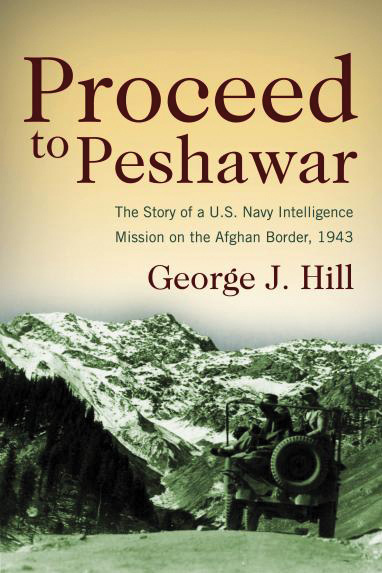 Proceed to Peshawar: The Story of a U.S. Navy Intelligence Mission on the Afghan Border, 1943 (George J. Hill, Naval Institute Press, Annapolis, MD, 2013, 272 pp., maps, photographs, notes, bibliography, index, $36.95, softcover).
Proceed to Peshawar: The Story of a U.S. Navy Intelligence Mission on the Afghan Border, 1943 (George J. Hill, Naval Institute Press, Annapolis, MD, 2013, 272 pp., maps, photographs, notes, bibliography, index, $36.95, softcover).
On the morning of November 16, 1943, a trio of men, two American and one British, climbed into a U.S. Army jeep in the city of Peshawar in India’s Northwest Frontier Province. The three men, Major Gordon Enders, U.S. Army, Major Benjamin Bromhead, British Army, and Lieutenant Albert Zimmerman, U.S. Navy, set out to gather information on the Indian/Afghan border area. In effect, they were being drawn into the Great Game, the competition between Great Britain and Russia, later the Soviet Union, for control of the area. This contest had gone on since the mid-1800s. Britain sought to protect its interests in India and the Middle East while the Soviets wanted the region as an eventual starting point for a push to the Indian Ocean, giving them an all-weather port in the area. Even during World War II this game went on as both nations looked to the long term, knowing the war would end and the two countries would again become competitors.
The byzantine political arrangements of the area mixed diplomacy, military action, and clashes of culture. Many British officials believed India would soon be independent of the British Empire and the Americans would take over an interest in the area. The expedition was a way to slowly work the United States into the area. Though American involvement in the area was only gradual, it eventually became involved in the region to this day, as the recent war in Afghanistan shows. This book shows how a small U.S. mission laid seeds for that involvement.
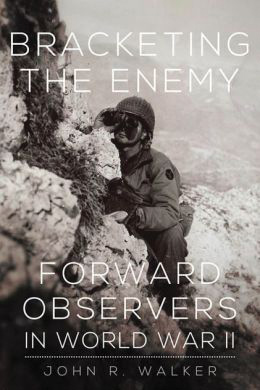 Bracketing the Enemy: Forward Observers in World War II (John R. Walker, University of Oklahoma Press, Norman, 2013, 274 pp., maps, photographs, notes, bibliography, index, $29.95, hardcover).
Bracketing the Enemy: Forward Observers in World War II (John R. Walker, University of Oklahoma Press, Norman, 2013, 274 pp., maps, photographs, notes, bibliography, index, $29.95, hardcover).
One of the U.S. Army’s greatest strengths in World War II was its field artillery. During the 1930s, American artillerymen devised new methods of fire direction which allowed them to quickly mass the fire of multiple artillery battalions onto a single target. Both German and Japanese troops readily acknowledged this ability as one of the most fearsome things they faced when fighting Americans. One of the key elements of this system was the forward observer.
Equipped with radio, map, binoculars, and compass and well trained in their role, forward observers accompanied every infantry battalion, often down to the company level. The typical team comprised a lieutenant to oversee the mission with several enlisted men serving as assistants. The team would communicate with its parent unit to get targeting information on enemy positions to support the infantry. Since they were with the infantry, casualties were high, and enlisted men often assumed the observer’s role with deadly effect. The system worked so well that it is still used today with only a few changes, mostly due to advancing technology.
The author uses two Army units as examples. The 37th Infantry Division, Ohio National Guard, saw action in the Pacific Theater beginning on New Georgia in July 1943. It went on to fight on Bougainville and in the Philippines, including the Pacific War’s biggest urban battle at Manila. The 97th Division, a reserve outfit reactivated in 1943, went to the European Theater, entering combat in December 1944 with Lt. Gen. George Patton’s Third Army. In addition to Lorraine, it saw action on the Siegfried Line and also in the Battle of the Bulge. Each is representative of the American experiences on opposite sides of the globe during World War II.
Aside from showing the observers in action, the author does a good job explaining how American artillery developed its deadly effectiveness before the war. Comparisons between American, German, and Japanese systems of artillery direction are explained, too, admitting the strengths and weaknesses of each. The explanations are in simple terms easily understood even if the reader has no knowledge of artillery, and many personal stories of observers are included.
 When Football Went to War (Todd Anton and Bill Nowlin, Triumph Books, Chicago IL, 2014, 273 pp., photographs, notes, bibliography, $25.95, hardcover).
When Football Went to War (Todd Anton and Bill Nowlin, Triumph Books, Chicago IL, 2014, 273 pp., photographs, notes, bibliography, $25.95, hardcover).
During the past 100 years a number of sports figures served their country during wartime. Many made the ultimate sacrifice for doing so. This work focuses on football players who left the gridiron to fight on the real battlefields of World War II, Korea, Vietnam, and the Middle East.
The example set by Jack Lummus shows the heroism of which these men were capable. Lummus was a Texas farm boy who signed two sports contracts, one with a minor league baseball team, and then with the New York Giants football team. After a short time playing for them, he joined the Marine Corps on January 30, 1942. Lieutenant Lummus served in a variety of postings before landing on Iwo Jima in February 1945 with the 27th Marines. On March 8, he led an attack on Japanese positions and exposed himself to intense fire several times, knocking out several pillboxes and trench lines. Finally, leading another attack, he stepped on a landmine. The explosion took both his legs. Standing on his stumps, he encouraged his men forward to complete their assault. He died that night in a field hospital. Lummus was awarded the Medal of Honor for his actions that day. This is just one of the many examples of football players serving the United States found in this book.
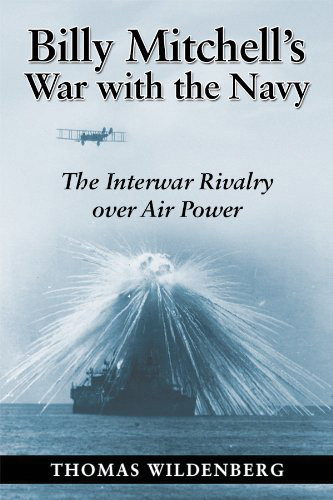 Billy Mitchell’s War with the Navy: The Interwar Rivalry Over Air Power (Thomas Wildenberg, Naval Institute Press, Annapolis MD, 2013, 271pp., photographs, notes, appendices, bibliography, index, $34.95, hardcover).
Billy Mitchell’s War with the Navy: The Interwar Rivalry Over Air Power (Thomas Wildenberg, Naval Institute Press, Annapolis MD, 2013, 271pp., photographs, notes, appendices, bibliography, index, $34.95, hardcover).
Billy Mitchell is a unique character in American military history. A leading proponent of air power during its infancy after World War I, he advocated for an independent air force as the nation’s first line of defense. He defended this view through the successful sinking of a German battleship, the Ostfriesland, in 1921 by bombers. Despite this example, the military establishment rejected his calls for an air force amid the strained budgets of the postwar country.
Undaunted, the oft-insubordinate Mitchell continued his crusade, focusing his attacks against the Navy. Eventually his words went too far and he was court-martialed. Found guilty, he soon resigned his commission and continued his war of words from a civilian pulpit. Controversial at the time, he was later recognized widely as a father of the U.S. Air Force. The story of how all this happened is a fascinating look at interwar American defense doctrine and politics.
Westmoreland’s War: Reassessing American Strategy in Vietnam (Gregory A. Daddis, Oxford University Press, New York, NY, 2014, 280 pp., photographs, notes, index, $34.95, hardcover).
William Westmoreland has received much criticism for his handling of the Vietnam War during his tenure from 1964-1968. In this book the author contests this view of Westmoreland as a dogmatic officer trying to refight World War II in Vietnam. Rather, he asserts that as the senior commander Westmoreland’s policies gave much focus to what would today be called civil-military operations. This included economic development, providing security to the civilian populace and stabilizing the chaotic political situation in South Vietnam. While search and destroy missions and the famous “body counts” did exist, Westmoreland did recognize the need to win the support of the South Vietnamese people. The author asserts that while the American effort was doomed to fail for other reasons, Westmoreland’s strategy was not the cause of that failure.
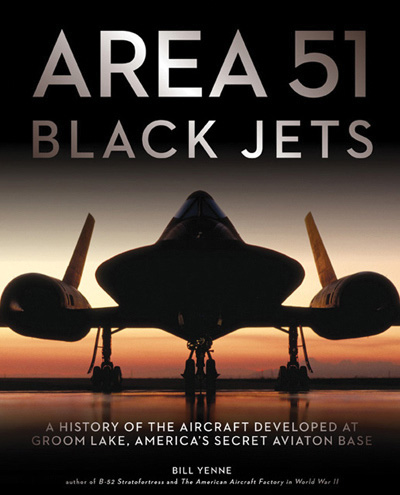 Area 51 Black Jets: A History of the Aircraft Developed at Groom Lake, America’s Secret Aviation Base (Bill Yenne, Zenith Press, Minneapolis, MN, 2014, 192 pp., maps, photographs, bibliography, index, $40.00, hardcover).
Area 51 Black Jets: A History of the Aircraft Developed at Groom Lake, America’s Secret Aviation Base (Bill Yenne, Zenith Press, Minneapolis, MN, 2014, 192 pp., maps, photographs, bibliography, index, $40.00, hardcover).
Area 51 is better known as the focus of UFO conspiracy theories, but in actuality is a historic location where many of the U.S. Air Force’s most famous aircraft were developed and tested. Military aircraft such as the U-2 and SR-71 reconnaissance platforms, F-117 stealth fighters and modern unmanned aerial vehicles all saw time at the enigmatic air force facility in the Nevada desert north of Las Vegas.
In addition, many Soviet warplanes were tested and used in training in the area. Acquired through various means, these jets were used to train American pilots in how to fight them long before anyone knew we had them. In 1966 an Iraqi MiG-21 pilot defected to Israel, and his plane came to Nevada two years later. More MiG-21s came during a trade with Indonesia for American F-5s. The Israelis provided MiG-17s, and later Egypt transferred MiG-23s. Even senior leaders in the USAF did not know of the program’s existence. Even today, unconfirmed sightings of newer Russian designs such as the MiG-29 abound, along with reports of even more exotic and strange aircraft, adding to the mystique of Groom Lake.
Short Bursts
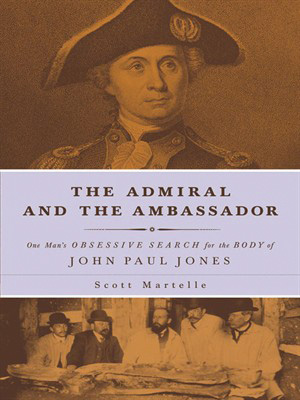 Our One Common Country: Abraham Lincoln and the Hampton Roads Peace Conference of 1865 (James B. Conroy, Lyons Press, 2014, $27.95, hardcover). This is an account of the long-neglected peace negotiation, which ultimately failed to end the Civil War. It was the only time a serving president spoke directly to an enemy during wartime.
Our One Common Country: Abraham Lincoln and the Hampton Roads Peace Conference of 1865 (James B. Conroy, Lyons Press, 2014, $27.95, hardcover). This is an account of the long-neglected peace negotiation, which ultimately failed to end the Civil War. It was the only time a serving president spoke directly to an enemy during wartime.
The Admiral and the Ambassador: One Man’s Obsessive Search for the Body of John Paul Jones (Scott Martelle, Chicago Review Press, 2014, $26.95, softcover). The buried body of naval hero John Paul Jones was lost in the chaos of the French Revolution. Later, Civil War Hero and Ambassador to France Horace Porter conducted a search leading to the body’s return to America in 1906.
The Fires of Patriotism: Alaskans in the Days of the First World War 1910-1920 (Preston Jones, University of Alaska Press, 2014, $35.00, softcover). Though still a territory at the time, Alaska sent more men per capita to war than any state. This book is a summary of Alaska’s contribution to the American war effort.
Civilian Warriors: The Inside Story of Blackwater and the Unsung Heroes of the War on Terror (Erik Prince, Portfolio/Penguin, 2014, $29.95, hardcover). The author is the founder and former chief executive officer of the private military company Blackwater Inc. This is his account of the company’s practices, history, and the controversies surrounding it.
Crisis in the Mediterranean: Naval Competition and Great Power Politics, 1904-1914 (Jon K. Hendrickson, Naval Institute Press, 2014, $54.95, hardcover). This is an analysis of how competition in the Mediterranean between Great Britain, Italy, and Austria-Hungary changed the situation in the years before World War I. The author maintains this forced England and France into a closer relationship.
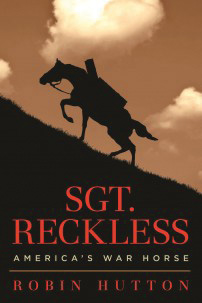 Supreme Commander: MacArthur’s Triumph in Japan (Seymour Morris Jr., Harper Collins, 2014, $26.99, hardcover). The author examines how General Douglas MacArthur rebuilt Japan from a nation devastated by war to a functioning democracy. He achieved this despite many who believed he would fail.
Supreme Commander: MacArthur’s Triumph in Japan (Seymour Morris Jr., Harper Collins, 2014, $26.99, hardcover). The author examines how General Douglas MacArthur rebuilt Japan from a nation devastated by war to a functioning democracy. He achieved this despite many who believed he would fail.
US Cold War Aircraft Carriers: Forrestal, Kitty Hawk and Enterprise Classes (Brad Elward, Osprey Publishing, 2014, $17.95, softcover). This is a book highlighting the carriers that shouldered the burden of Cold War operations for several decades. Information on their origins, designs, and service histories is included.
I Am a Soldier of Fortune: Dancing with Devils (Lt. Col. Robert K. Brown, Casemate Publishers, 2014, $29.95, hardcover). This is an autobiography of the famous former Green Beret who founded Soldier of Fortune magazine. He fought and then reported on wars around the world for decades.
Bleeding Kansas, Bleeding Missouri: The Long Civil War on the Border (Eds. Jonathan Earle and Diane Mutti Burke, University Press of Kansas, 2014, $37.50, softcover). This book of essays seeks to show the horrible fighting which occurred in these two states during the American Civil War. Included are writings on how the people managed to rebuild after the war ended.
Sgt. Reckless: America’s War Horse (Robin Hutton, Regnery History, 2014, $27.99, hardcover). Sergeant Reckless was a Mongolian mare who carried supplies to the front and wounded men to the rear during the Korean War. Her story is told here through the help of Marines who knew her.
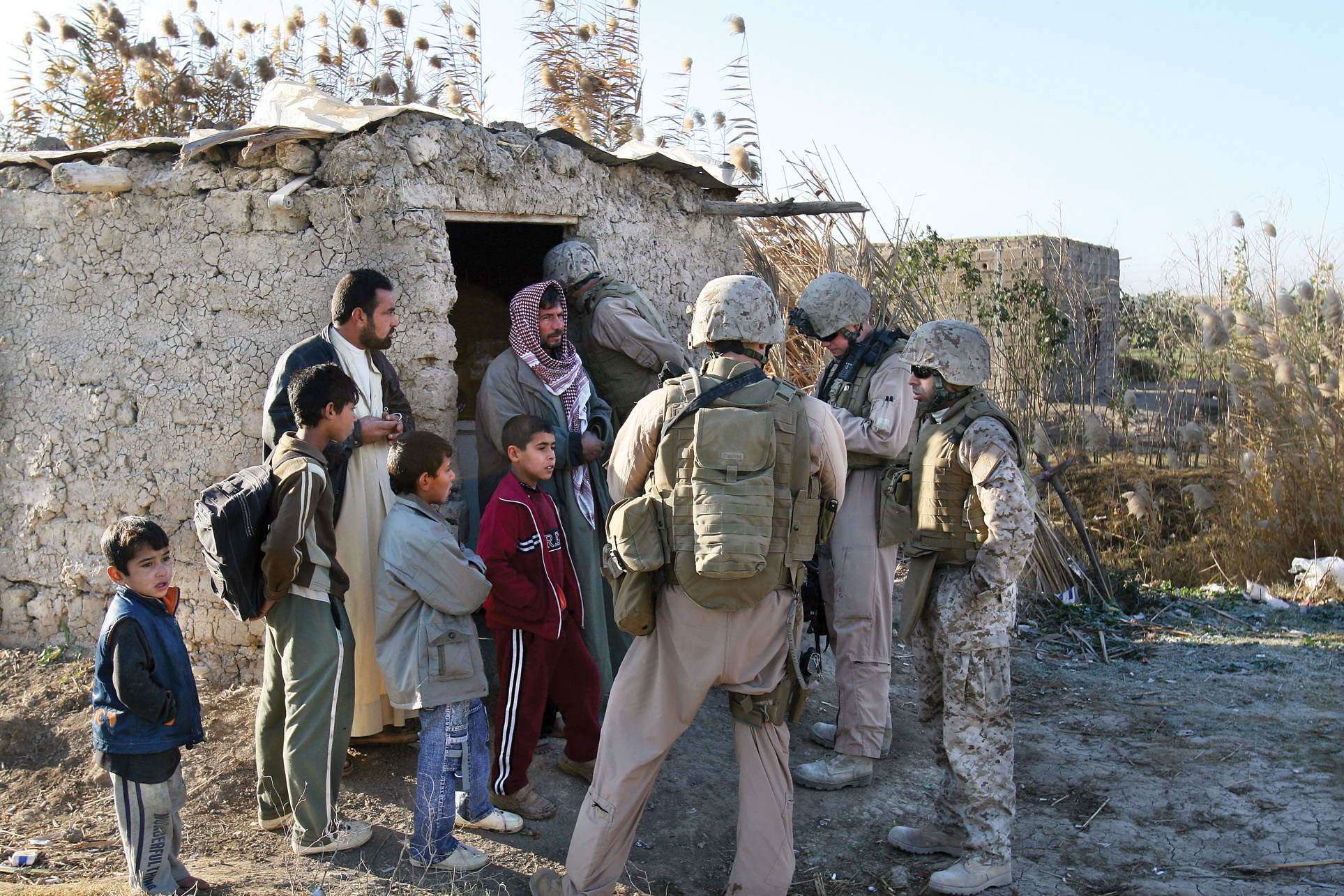
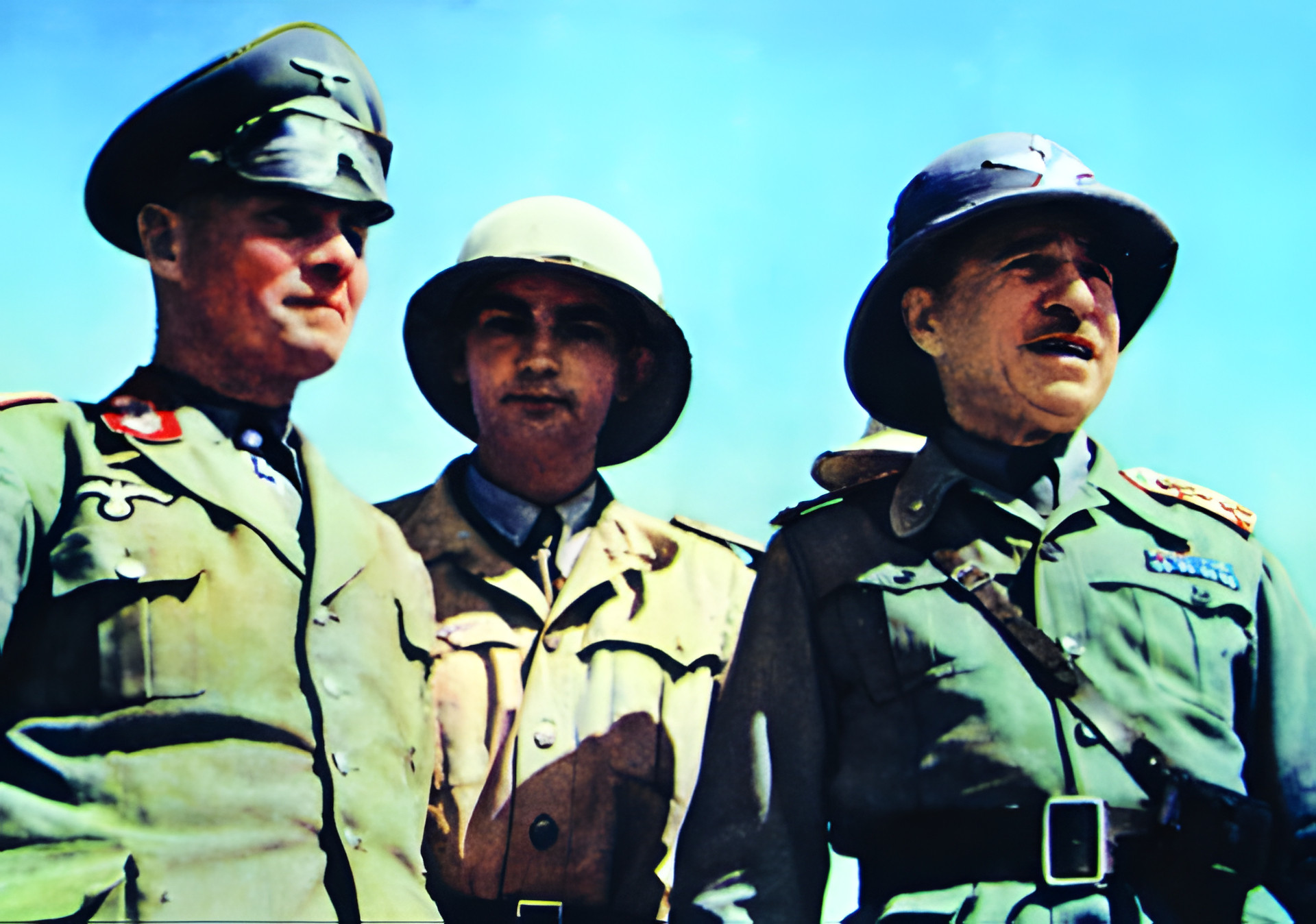
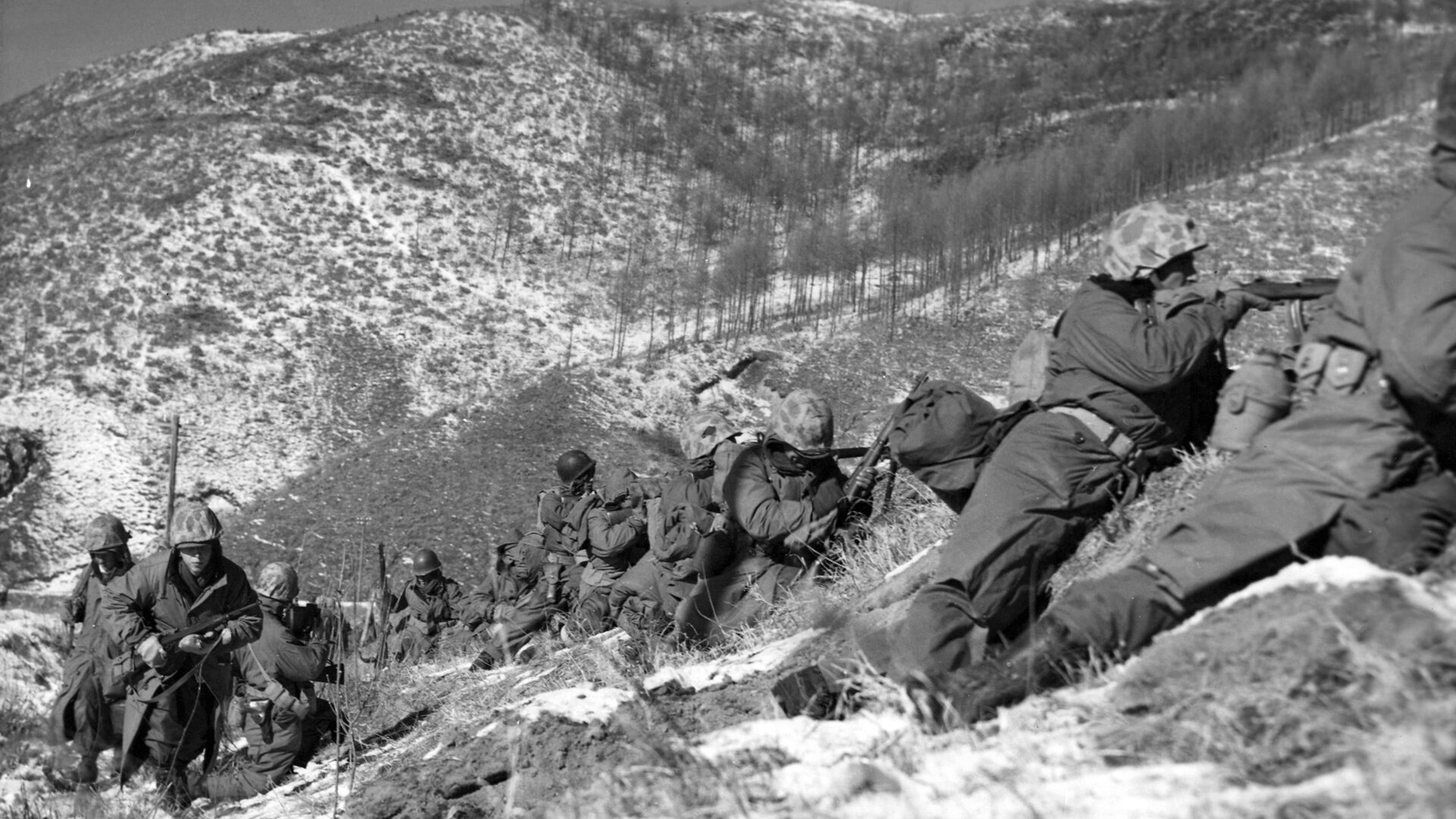
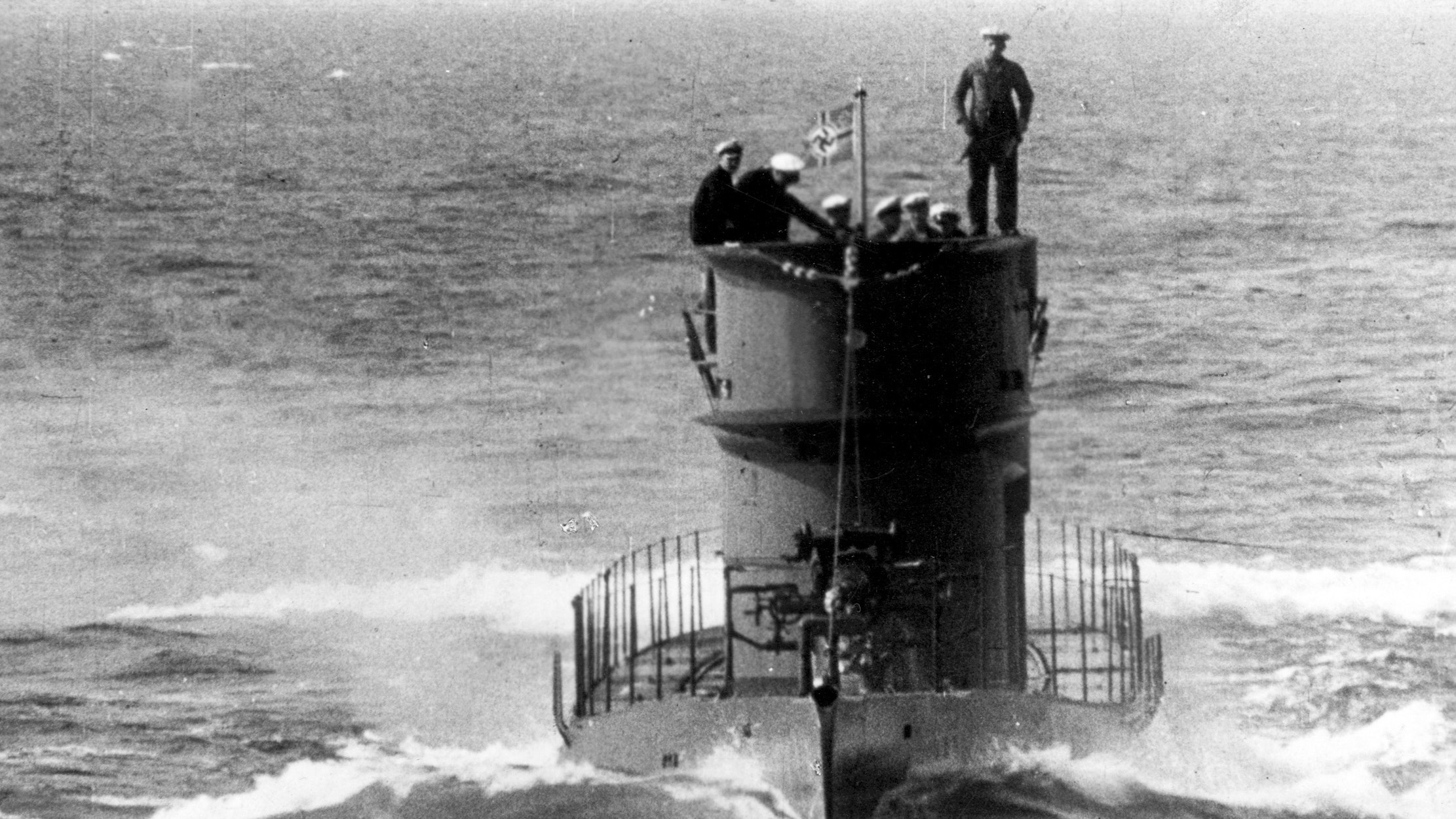
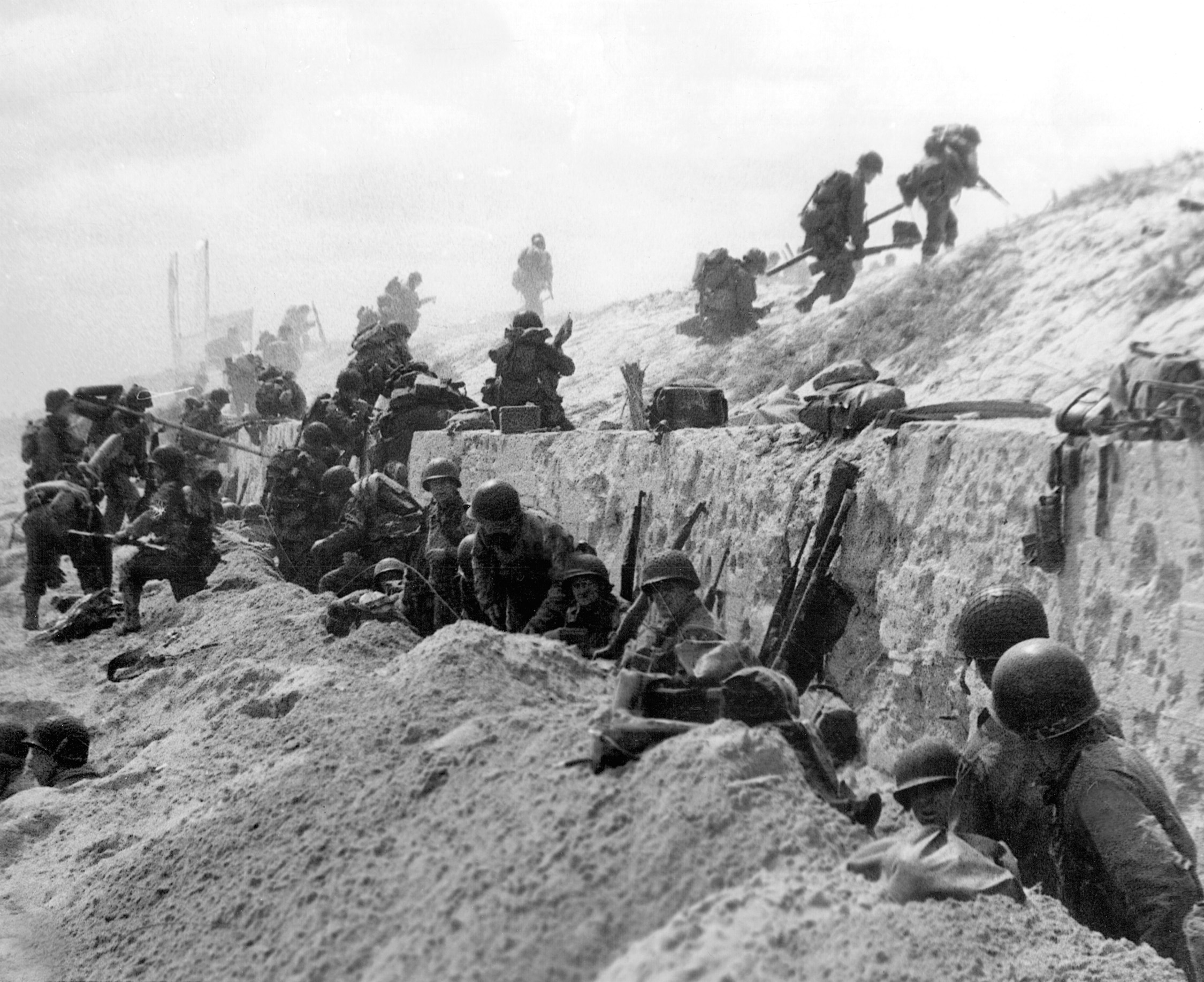
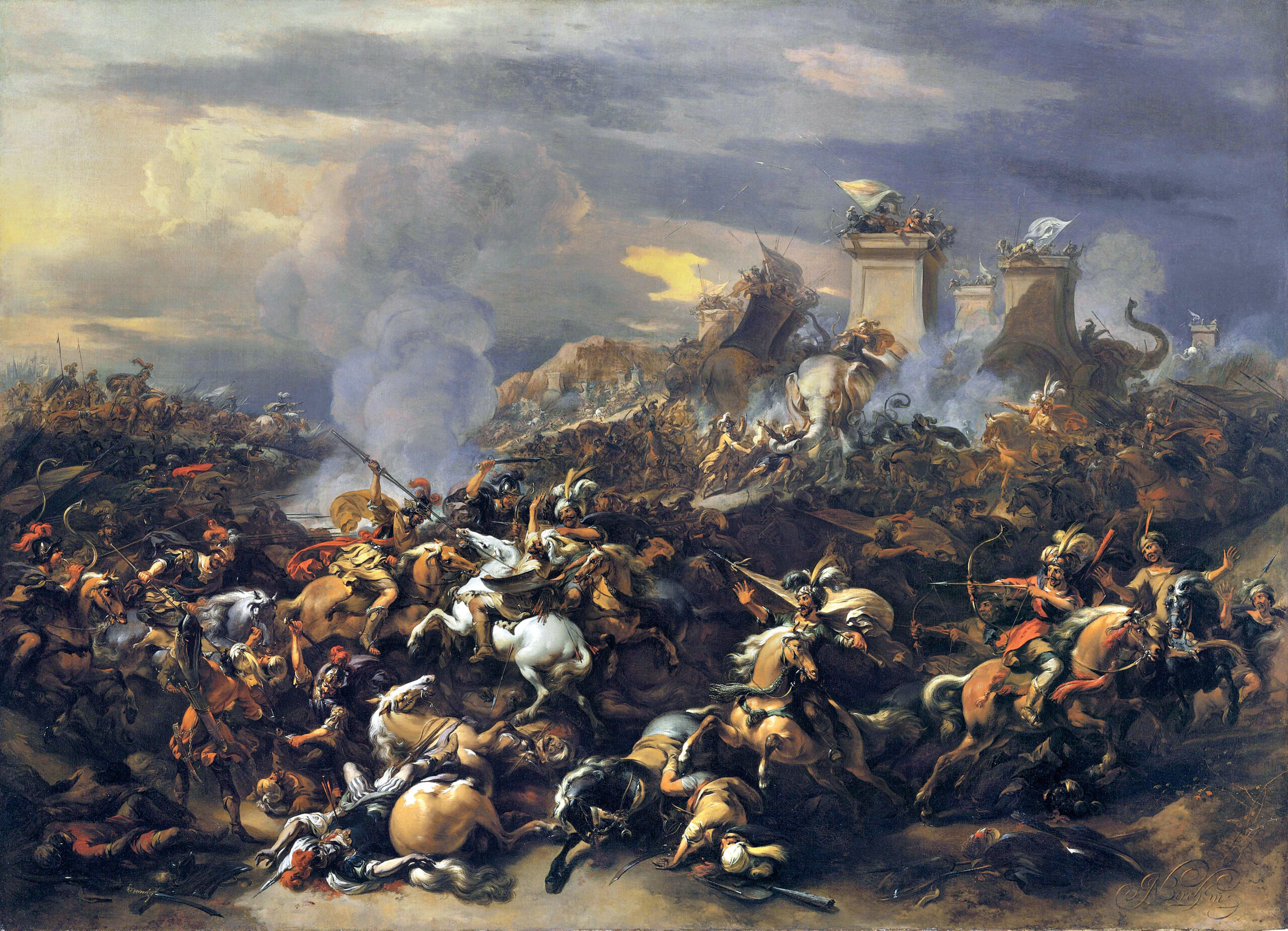
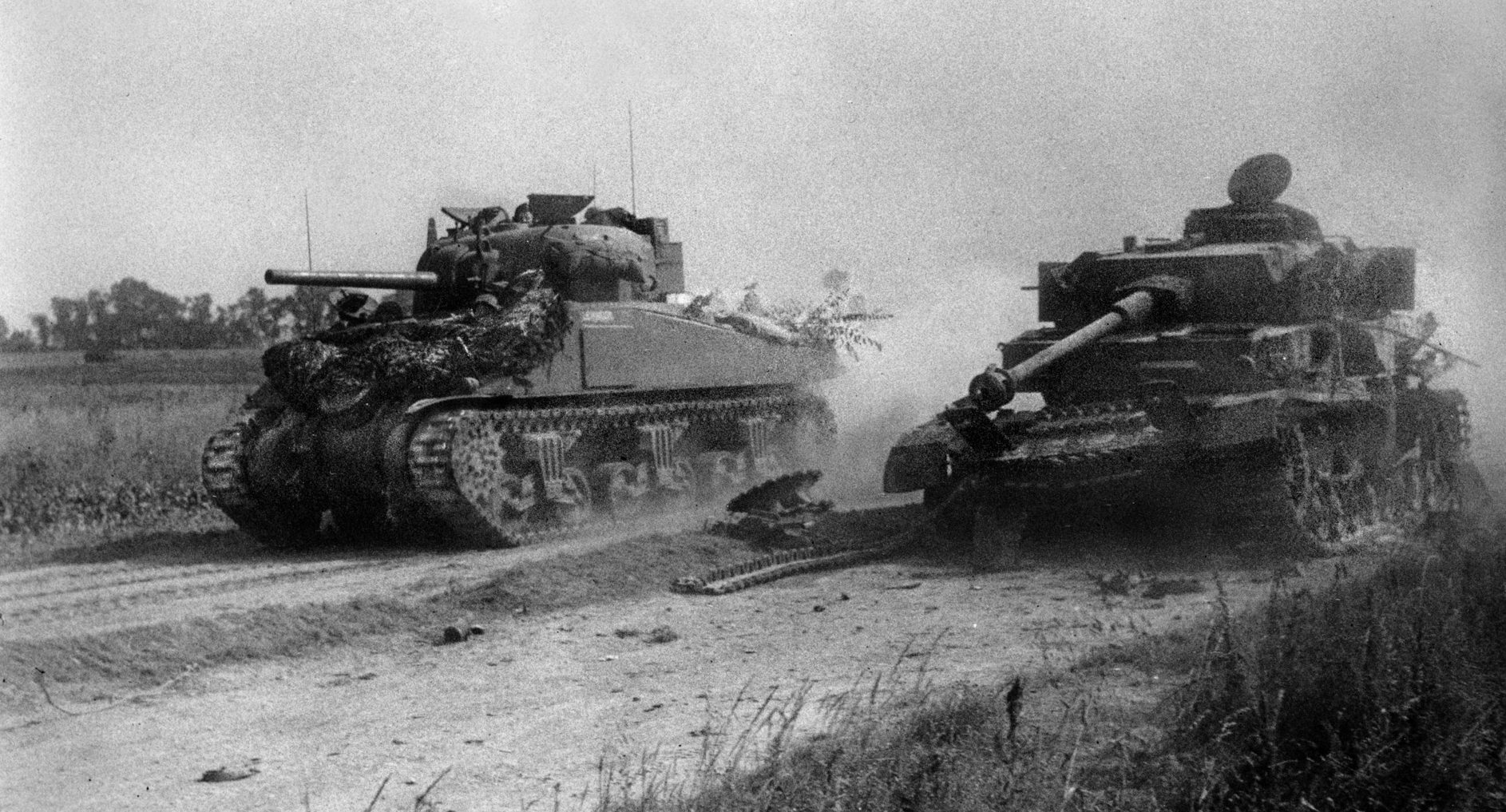
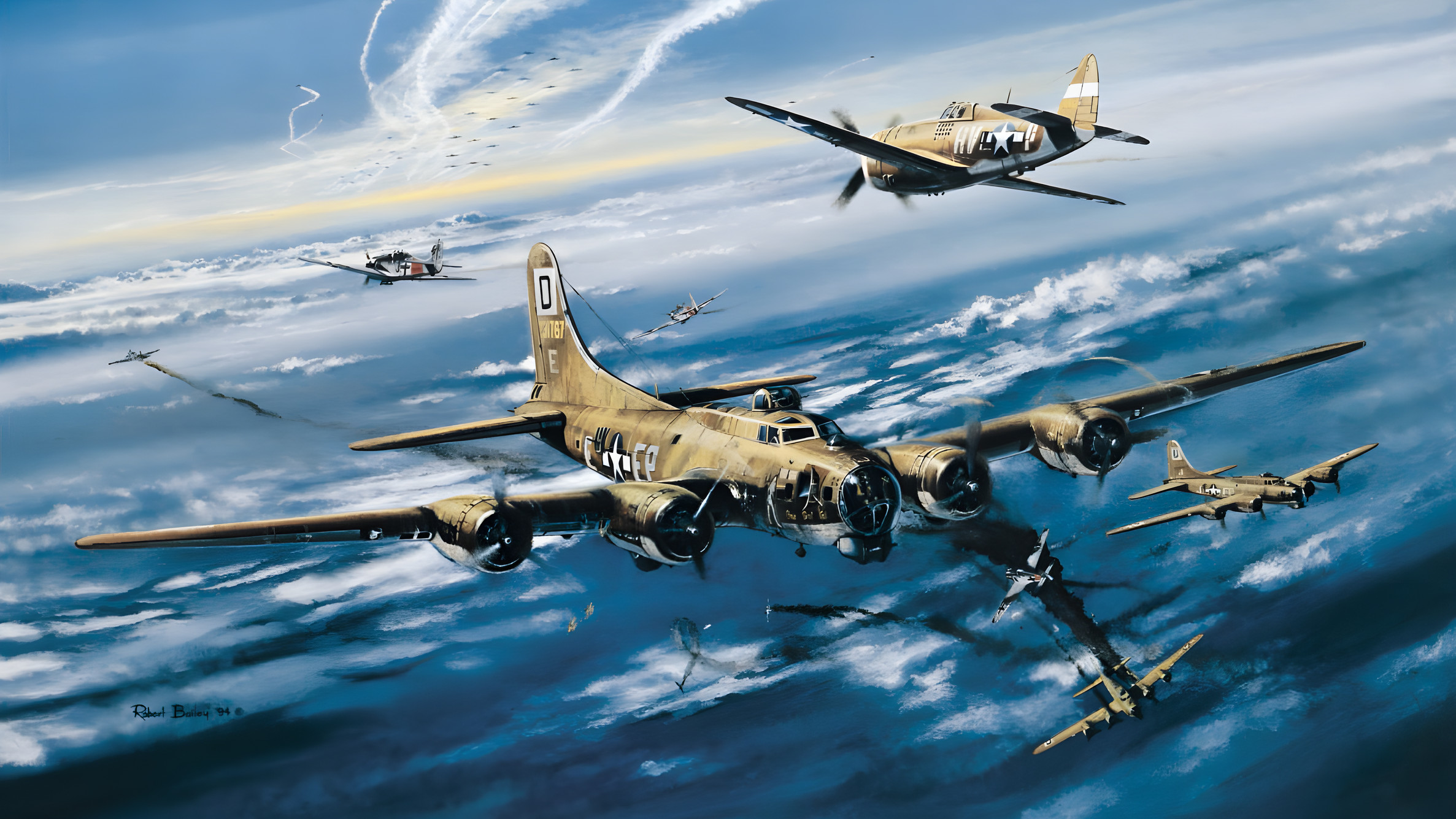
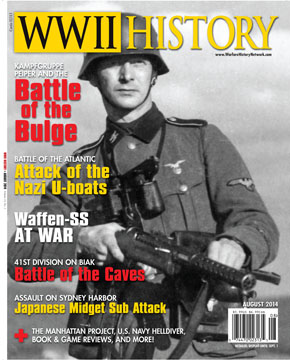
Join The Conversation
Comments
View All Comments